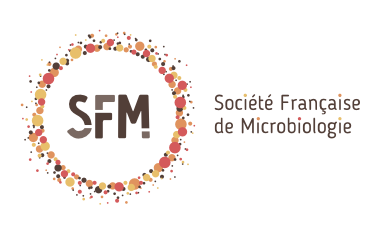Molecular mechanisms of iron acquisition in biofilms of heterotrophic bacteria degrading particulate substrate in marine environments
Scientific Context
In oceans, remineralization of the organic carbon into CO2 occurs mostly through the respiration of heterotrophic bacteria that degrade the organic matter released by lysed or decaying phytoplankton cells. The greatest part of the heterotrophic activity resides in the particulate fraction of the organic matter (POM) consisting of aggregated compounds (mostly proteins, polysaccharides and lipids) that is colonized by biofilm-forming bacteria. Metal availability, particularly iron, is expected to have a strong impact on organic carbon remineralization since heterotrophic bacteria have higher iron content than eukaryotic phototroph and respiration is a highly iron demanding process, the respiratory chain alone containing approximately 94% of the cellular iron.




